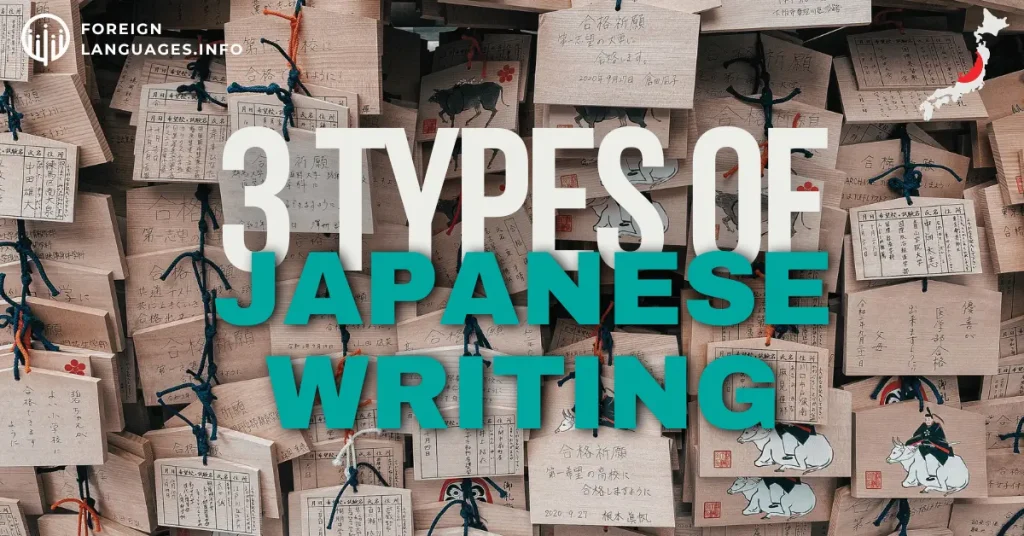The Japanese language is written not with hieroglyphs, but with a combination of hieroglyphs and kana. Kana is a syllabary alphabet. This is almost the same as letters, but one sign encodes not one sound, but an entire syllable at once, for example, か is read as “ka”.
Hieroglyphs – a form of writing, esp as used in ancient Egypt, in which pictures or symbols are used to represent objects, concepts, or sounds.
Two kana are used simultaneously: hiragana and katakana. Each of them includes 46 unique characters. However, more syllables can be formed: for example, if you take か (ka) and add two dashes to it, you get が (ga). If you take に (ni) and add ゃ to it, you get にゃ (nya).
These three types of writing (kanji, hiragana and katakana) are used together, for example, the beginning of a word can be written in hieroglyphs and the end in hiragana.
- The roots of words are written in hieroglyphs (the root is the unchanging part of the word).
- Hiragana changes parts of words, particles, and some words.
- Katakana records borrowings from other languages (mainly from English, as well as names of countries, foreign names, etc.).
This is the most logical system (for the Japanese language), and it even seems that you can’t imagine a better one.
Why are the roots of words written in hieroglyphs?
Because the root is the main part of the word, and should show what kind of word it is. Hieroglyphs help you quickly recognize a word. At the same time, if, for example, water is written with the hieroglyph 水, then I would like the phrases “to the water”, “by the water”, “by the water” to be used. also included this hieroglyph, because the base of the word does not change.
Why are changing parts of words written in hiragana?
Because the changing part doesn’t make any difference. This is just a sound that is in the combination “to water”. In addition, there can be a lot of different forms of words, and therefore it will not be possible to come up with separate signs for them. And even if it worked, it’s not very clear how to read it.
Why are particles written in hiragana?
In fact, hiragana was invented to write down changing parts of words and particles. T. e.hiragana performs its function for its intended purpose. Although theoretically it would be possible to come up with separate signs for particles, because they do not change, and their number itself is not so large.
Why are some words written in hiragana?
Either for some reason they cannot be written in hieroglyphs (for example, because these are rare hieroglyphs, the use of which is undesirable, or because you do not want to clarify the meaning of the word), or these are some kind of service words like “do” (する), or it just so happens that the word is written in hiragana, because this is also a full-fledged writing system, why not? However, such words are few.
Why are borrowed words written in katakana?
- Since Japanese doesn’t use spaces, the words would blend into each other. Thanks to the hieroglyphs, there is no merging, but if we wrote borrowed words in hiragana, it would turn out that there are no hieroglyphs.
- It would be hard to read the word. When it’s written in katakana, you know it’s a loanword. And if it were written in hiragana, the reader would be inclined to read it as a Japanese word and would be confused. Katakana already tells you in advance how to read it, and what kind of word it is.
- Better recognition. If you write all the words in hiragana, what will happen? It’s as if we wrote all the words in letters. And without spaces.

